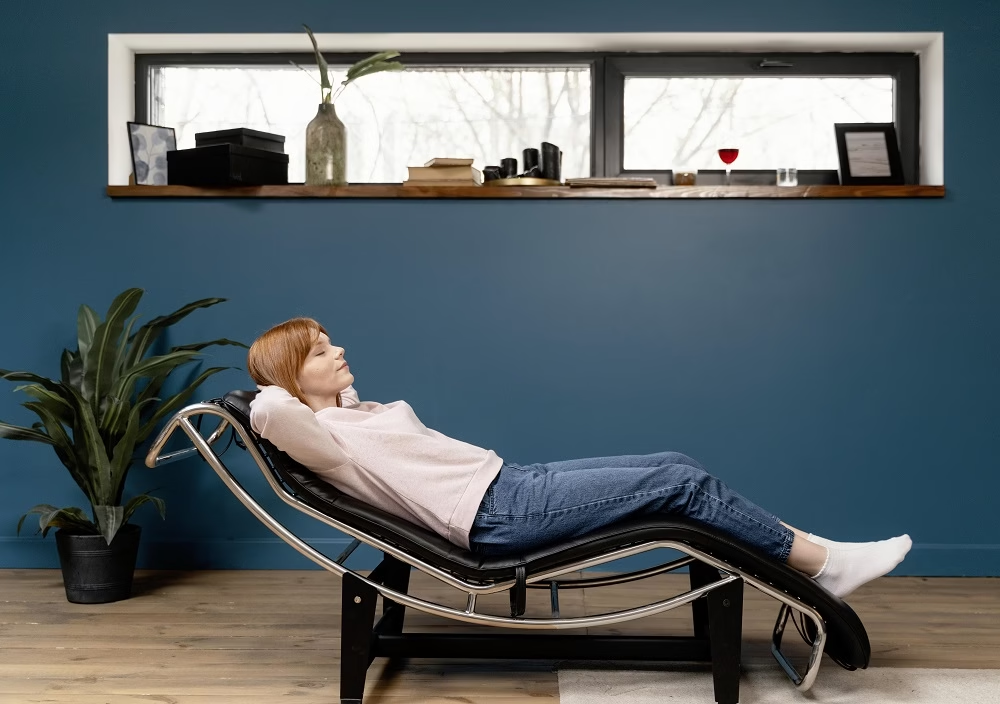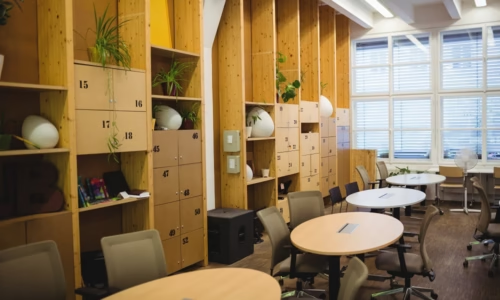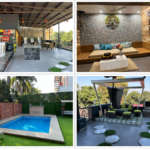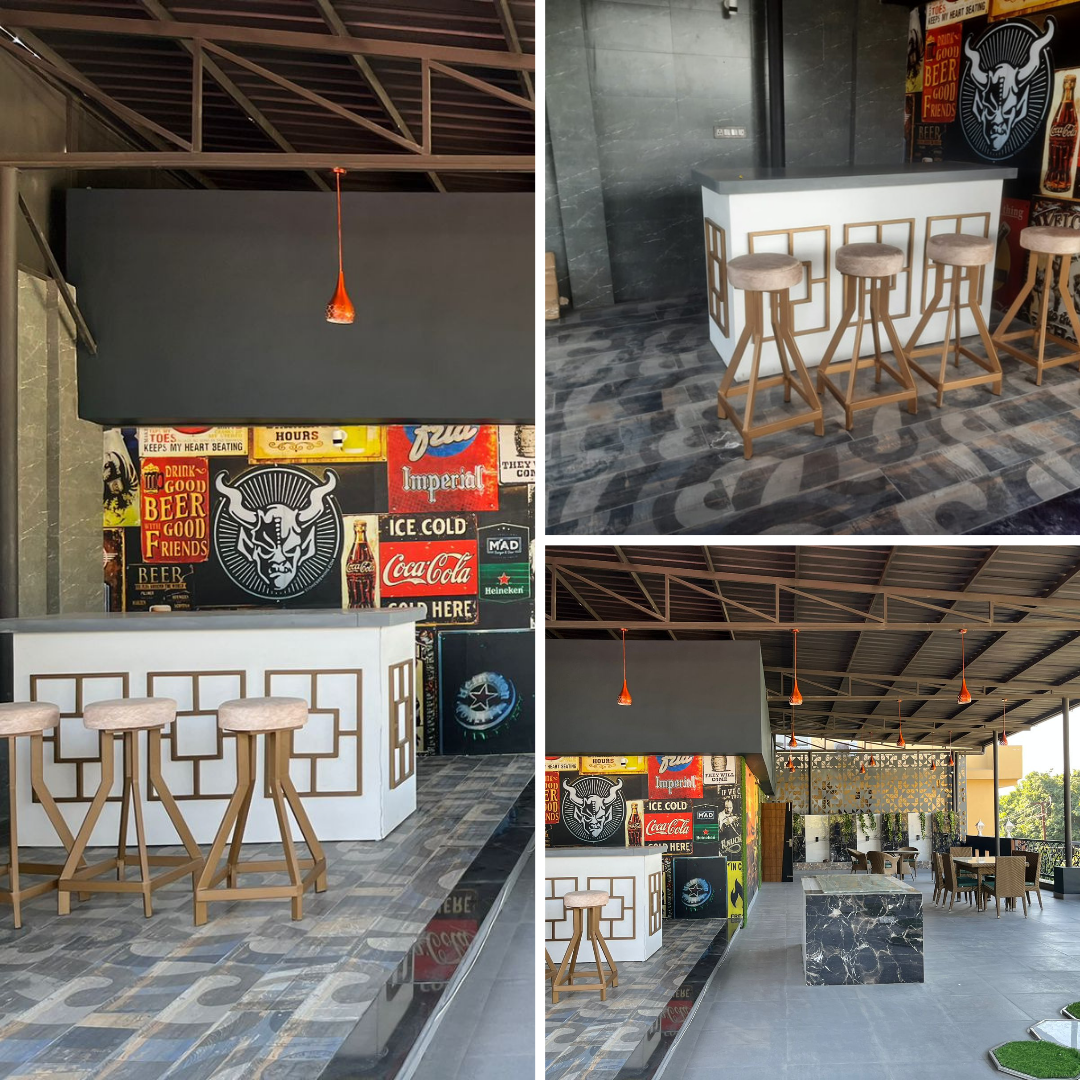How to Design a Wellness Room in the Workplace
- Amodini Systems
- 0 Comments
Creating a wellness room in the workplace is becoming a popular trend among companies. It is a dedicated space where employees can take a break, relax, reduce stress, and improve their overall health. A well-designed wellness room is more than just a quiet corner; it is a space that promotes mental and physical well-being. In this blog, we will discuss everything you need to know about designing a wellness room in your workplace.
What is a Wellness Room in the Workplace?
A wellness room, also called a relaxation room, is a private space in an office where employees can take a short break from work. It is designed to provide a calm and peaceful environment that helps employees refresh their minds and reduce stress. Unlike regular break rooms, wellness rooms focus on activities that promote mental and emotional health, such as meditation, deep breathing, or simply resting in a quiet space.
The primary goal of a wellness room is to improve employee productivity, reduce burnout, and create a supportive work environment. A thoughtfully designed wellness room can have a significant impact on employee satisfaction and overall workplace morale.
Why Your Workplace Needs a Wellness Room
In today’s fast-paced work culture, employees often experience high levels of stress and fatigue. This can lead to decreased productivity, lack of motivation, and even health issues. A wellness room addresses these challenges by providing a space where employees can:
-
Relax and recharge their minds.
-
Reduce stress and anxiety.
-
Increase focus and creativity.
-
Improve mental health and emotional balance.
-
Enhance overall productivity and job satisfaction.
Companies that invest in wellness rooms often notice a positive change in employee engagement and performance. It shows that the organization cares about its employees’ health, which can also improve retention rates.

Steps to Design a Wellness Room in Your Workplace
Designing a wellness room requires careful planning and consideration of employees’ needs. Here are the key steps to create a successful wellness room:
1. Choose the Right Location
The first step is selecting a quiet and private area in the office. Ideally, it should be away from noisy spaces like conference rooms or cafeterias. The room should be easily accessible for employees but not in a high-traffic area. If space is limited, consider converting a small unused room, storage area, or a section of a larger room into a wellness space.
2. Decide the Purpose of the Wellness Room
Wellness rooms can serve different purposes based on the needs of employees. Common uses include:
-
Meditation and relaxation
-
Reading or quiet reflection
-
Napping or resting
-
Stretching and light exercises
-
Breathing or mindfulness activities
Defining the purpose will help you choose the right furniture, lighting, and equipment.
3. Focus on Comfortable Furniture
Comfortable seating is a must for a wellness room. Options can include:
-
Recliners or lounge chairs
-
Bean bags
-
Soft mats or cushions for floor seating
-
Small sofas
Furniture should be ergonomic and provide maximum comfort. Avoid heavy or rigid furniture that can make the space feel uncomfortable or cluttered.

4. Incorporate Calming Colors and Décor
The colors used in the wellness room play a significant role in creating a relaxing atmosphere. Soft, neutral, or pastel colors like light blue, green, beige, or lavender can reduce stress and improve focus.
Décor items such as plants, artwork, or soft wall textures can enhance the overall calming effect. Natural elements like plants or water features also bring a sense of tranquility.
5. Ensure Proper Lighting
Lighting is an important aspect of a wellness room. Bright or harsh lighting can increase stress, while dim and warm lighting promotes relaxation. Consider natural light if possible, as sunlight improves mood and reduces fatigue. If natural light is limited, use adjustable LED lights or lamps that mimic natural daylight.
Avoid fluorescent lights as they can cause eye strain and make the space less inviting.
6. Add Relaxation Tools and Amenities
Depending on the purpose of the wellness room, consider adding tools that support relaxation. These can include:
-
Meditation mats or yoga mats
-
Stress relief gadgets like massage balls or hand massagers
-
Essential oil diffusers for aromatherapy
-
Soft background music or white noise machines
-
Books or guided meditation audio
These amenities make the wellness room more effective and enjoyable for employees.
7. Maintain Privacy and Quiet
Privacy is critical in a wellness room. Employees should feel comfortable using the space without interruptions. Consider soundproofing walls or using acoustic panels to reduce noise. Adding curtains or partitions can also provide a sense of privacy, especially in shared or open office spaces.
8. Keep the Space Clean and Organized
A clean and clutter-free wellness room is essential for relaxation. Make sure the room is regularly cleaned and maintained. Provide storage options like small cabinets or shelves to organize items like mats, pillows, and books. A neat space makes it easier for employees to relax and feel at ease.
Table: Essential Features of a Workplace Wellness Room
| Feature | Purpose |
|---|---|
| Comfortable Seating | Provides relaxation and support for long breaks |
| Calming Colors | Reduces stress and creates a peaceful environment |
| Proper Lighting | Improves mood and prevents eye strain |
| Plants and Natural Elements | Enhances calmness and improves air quality |
| Meditation/Yoga Tools | Supports mindfulness and stress relief |
| Aromatherapy | Promotes relaxation and mental clarity |
| Privacy Solutions | Ensures employees feel comfortable using the space |
| Cleanliness and Organization | Maintains a peaceful, inviting environment |
Tips to Encourage Use of the Wellness Room
Simply designing a wellness room is not enough. Employees need to be encouraged to use it regularly. Here are some tips:
-
Promote the room through email or internal communication.
-
Set guidelines for usage to avoid conflicts.
-
Schedule short breaks during work hours to encourage regular use.
-
Offer wellness programs such as meditation or yoga sessions in the room.
By promoting the wellness room actively, employees are more likely to take advantage of this beneficial resource.
Benefits of a Well-Designed Wellness Room
A properly designed wellness room offers numerous benefits, including:
-
Reduced stress and anxiety: Employees feel calmer and more focused.
-
Improved productivity: Short breaks improve efficiency and creativity.
-
Better employee health: Regular relaxation reduces burnout and prevents fatigue.
-
Higher job satisfaction: Employees appreciate workplaces that care about their well-being.
-
Enhanced company culture: A wellness-focused workplace encourages a positive, supportive environment.
Investing in a wellness room is an investment in the overall health and productivity of employees.
Conclusion
Designing a wellness room in the workplace is not just a trend but a necessity for modern offices. It creates a space for employees to relax, recharge, and improve their overall well-being. By choosing the right location, comfortable furniture, calming colors, proper lighting, and relaxation tools, companies can provide a meaningful wellness experience.
A well-maintained and thoughtfully designed wellness room boosts employee productivity, reduces stress, and contributes to a happier, healthier workplace. If your company hasn’t considered this yet, now is the perfect time to create a wellness room and support the well-being of your team.






















